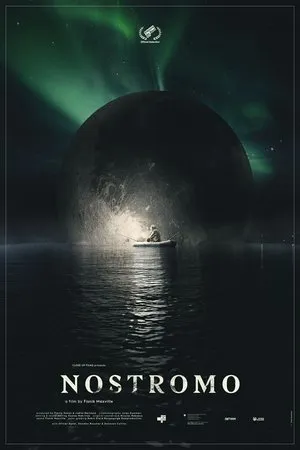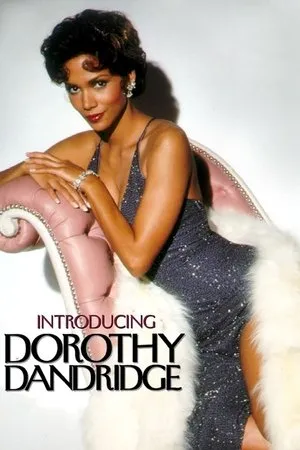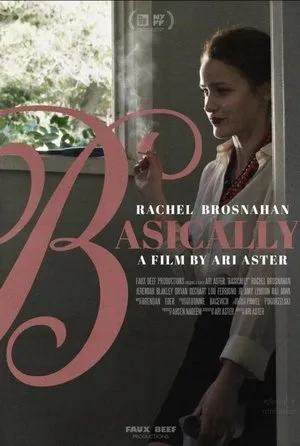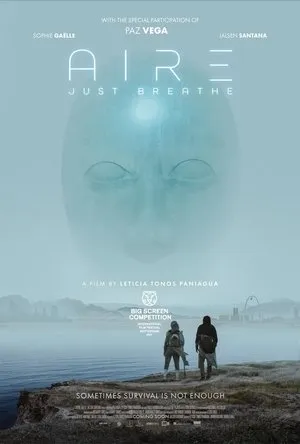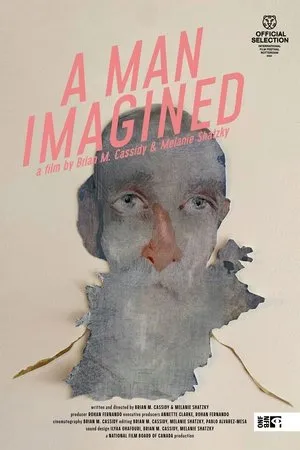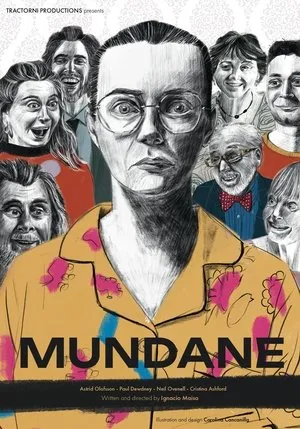Rainer Werner Fassbinder’s “Querelle,” released in 1982, remains a controversial and visually arresting exploration of sexuality, power, and identity. Based on Jean Genet’s novel of the same name, the film transports viewers to the gritty port of Brest, where a handsome Belgian sailor named Querelle embarks on a journey of self-discovery that is as violent as it is transformative. Fassbinder’s adaptation is not merely a retelling of Genet’s story; it is a bold and stylized interpretation that pushes the boundaries of cinematic expression. The film’s narrative centers on Querelle, played with enigmatic intensity by Brad Davis. He is a man of contradictions, a sailor with a dark secret, a drug smuggler, and a potential murderer. His arrival in Brest sets in motion a series of events that force him to confront his repressed desires and the darker aspects of his nature. The port itself becomes a character in the film, a labyrinthine world of shadows and secrets, where sailors, criminals, and prostitutes mingle in a haze of lust and desperation. One of the most striking aspects of “Querelle” is its visual style. Fassbinder employs a highly stylized aesthetic, with vibrant colors, stark lighting, and theatrical sets that create a dreamlike atmosphere. The film’s visual language is deliberately artificial, emphasizing the constructed nature of identity and desire. The characters move through this stylized world like figures in a painting, their actions and emotions heightened by the film’s exaggerated aesthetic. The film’s exploration of homosexuality is both explicit and complex. Querelle’s journey of self-discovery leads him into the arms of other men, including the charismatic and dangerous Gil, played by Franco Nero. Their encounters are charged with a raw and primal energy, reflecting the film’s exploration of power dynamics and the fluidity of sexual identity. Fassbinder does not shy away from depicting the darker aspects of desire, portraying the violence and exploitation that can accompany sexual encounters. The film’s themes extend beyond the realm of sexuality, delving into questions of morality, guilt, and redemption. Querelle’s actions have consequences, and he must grapple with the weight of his sins as he navigates the treacherous waters of Brest. The film challenges viewers to confront their own preconceptions about good and evil, blurring the lines between victim and perpetrator. The supporting cast of “Querelle” is equally compelling. Jeanne Moreau delivers a memorable performance as Lysiane, the owner of a local brothel and a figure of both authority and vulnerability. Her presence adds another layer of complexity to the film’s exploration of gender and power. The film’s reception was mixed upon its release, with some critics praising its artistic vision and others condemning its explicit content. However, “Querelle” has since gained a cult following and is now recognized as a landmark of queer cinema. Its influence can be seen in the works of subsequent filmmakers who have explored similar themes of sexuality, identity, and transgression. “Querelle” is a film that demands to be seen and discussed. It is a challenging and provocative work of art that pushes the boundaries of cinematic expression. Its exploration of sexuality, power, and identity is as relevant today as it was in 1982. The film’s stylized aesthetic and unforgettable performances make it a truly unique and unforgettable cinematic experience. Fassbinder’s “Querelle” is more than just a film; it is a statement, a provocation, and a testament to the power of cinema to explore the darkest corners of the human experience. The film’s legacy continues to grow, inspiring new generations of filmmakers and challenging audiences to confront their own preconceptions about sexuality, morality, and the nature of desire. It is a film that stays with you long after the credits roll, a haunting and unforgettable exploration of the human condition. The film’s themes of self-discovery and the search for identity resonate deeply, making it a timeless and enduring work of art. “Querelle” is a film that deserves to be seen and appreciated for its artistic merit and its unflinching exploration of the human psyche. It is a masterpiece of queer cinema and a testament to the genius of Rainer Werner Fassbinder. The film’s impact on cinema and culture is undeniable, and its legacy will continue to inspire and provoke for years to come. In conclusion, “Querelle” is a cinematic tour de force that challenges viewers to confront their own preconceptions about sexuality, morality, and the nature of desire. Its stylized aesthetic, unforgettable performances, and provocative themes make it a truly unique and unforgettable cinematic experience. It is a film that stays with you long after the credits roll, a haunting and unforgettable exploration of the human condition.
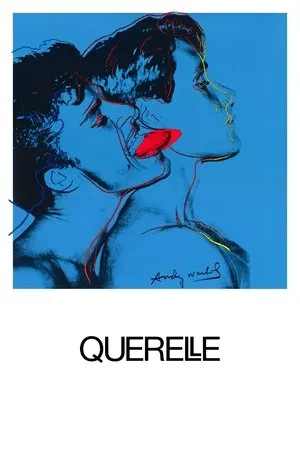
Querelle (1982)
"Querelle" is a visually striking and sexually charged film that follows a handsome Belgian sailor's descent into a world of drug smuggling, murder, and homosexual exploration. Set in the port of Brest, the film delves into Querelle's violent journey of self-discovery as he grapples with his desires and the consequences of his actions. Through its stylized aesthetic and provocative themes, "Querelle" challenges conventional notions of morality and identity.
